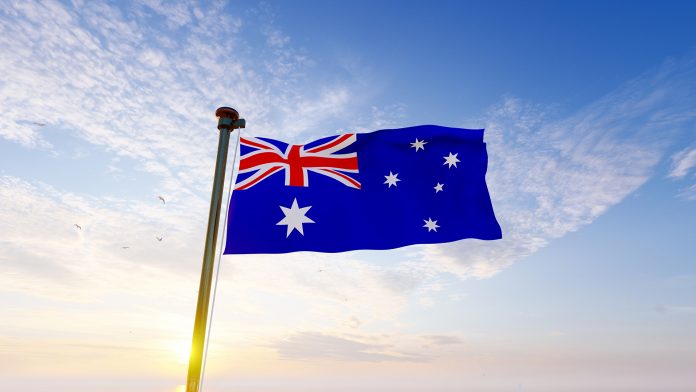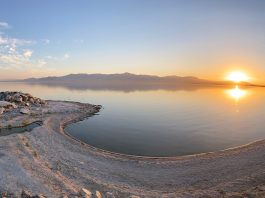The Australian Government has updated the Critical Minerals List to include additional minerals important to the nation’s energy and security requirements.
The updated Critical Minerals List will now include fluorine, molybdenum, arsenic, selenium, and tellurium.
In the new update, helium has now been removed to align Australia’s list more closely with its international strategic partners.
Why is the Critical Minerals List important?
Critical minerals are needed for the transition to clean energy. The Critical Minerals List is comprised of minerals that are essential to modern technologies and Australia’s national security. The new commodities added to the list are used in defence and technology.
These minerals are also vulnerable to supply chain disruption and are in demand from Australia’s strategic international partners.
Strategic Minerals List created by the government
The Australian Government have also released a new Strategic Minerals List of commodities. This includes copper, nickel, aluminium, phosphorous, tin, and zinc. These minerals have well-established industries, global market depth, price transparency, and stable supply chains.
Strategic minerals are important for the global energy transition but do not have supply chain vulnerability to meet the critical minerals list criteria.
Development of Strategic Critical Minerals Hubs
The government is also planning to scope the creation of Strategic Critical Minerals Hubs around the country.
The Strategic Critical Minerals Hub feasibility study will explore where Commonwealth and state and territory governments could support critical minerals infrastructure precincts. Specifically, supporting the projects that are producing commodities likely to become subject to supply chain disruptions.
The changes will help to facilitate growth
The updated Critical Minerals List and Strategic Hub Feasibility study are derived from recommendations of the government’s Critical Minerals Strategy released in June. The updates are also formed from feedback from industry on supporting critical minerals development and discussion with resources ministers.
Minister for Resources and Northern Australia Madeleine King said the changes followed extensive consultations with industry, the public, and states and territories, and would support Australia’s growth as a major exporter of clean energy materials.
“The updated Critical Minerals List and the new list of Strategic Materials will help government focus on those commodities needed to create jobs, keep us secure and power our economy,” Minister King said.
“These minerals are critical to the greening of our economy and the defence of Australia and our allies.
“The Critical Minerals List and Strategic Materials List will be updated on an as-needed basis, as economic and geostrategic dynamics evolve.
“Australian copper, nickel, aluminium, phosphorous, tin and zinc will be vital to the world’s energy transition, which is why for the first time ever we have articulated their economic and strategic importance by creating the new Strategic Materials List.
“Australia is well placed to meet increasing global demand for minerals, with large endowments, technical expertise and established resources supply chains.”









